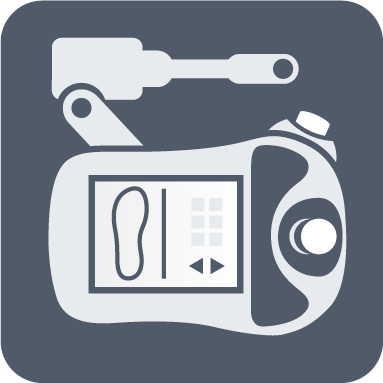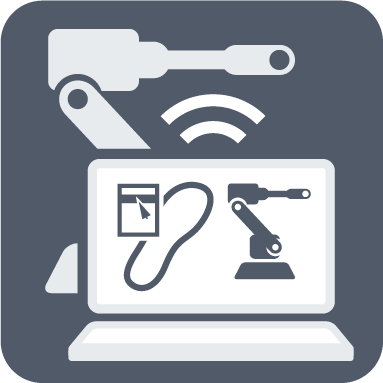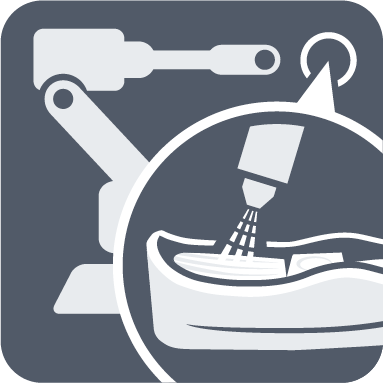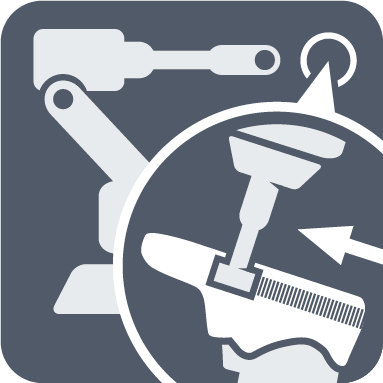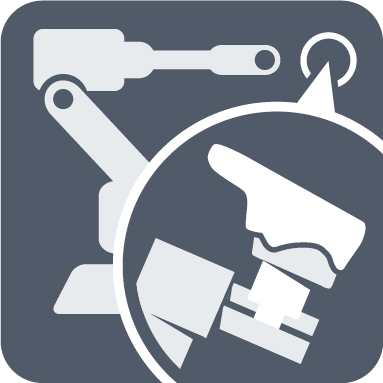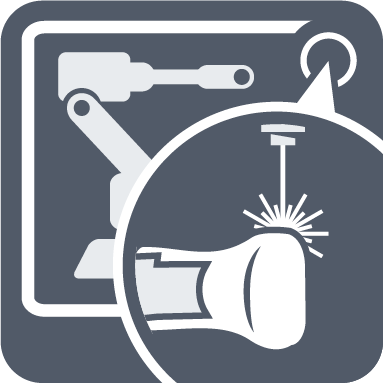
Robotics
Automation and robots: Paying their way
Wherever quality, productivity and economic feasability are the main points of interest, automation and robots are a must. Also – and especially – when producing shoes they can increase production and quality by up to 30%, decrease unit cost and open horizons for innovative solutions and thus for completely new possibilities.
Robots can, for example, spray release agent and glue precisely and reproducibly, roughen uppers and position pick & place method lasts, sole parts, steel soles or studs, remove shoes, boots or soles, trim sole edges or guide pouring heads.
No matter if you deal with direct soling or production of soles, work with Polyurethane (PU), thermoplastic materials (TP), or rubber (RU) DESMA will always offer customized automation – fulfilling the needs of your individual shoe production.
If you need a single robot workplace or a highly automated production line, new production equipment or flexible robot integration into your existing production system, DESMA will support you. We offer expert advice, workforce training, equipment installation. And of course, give immediate help and remote diagnosis around the globe.
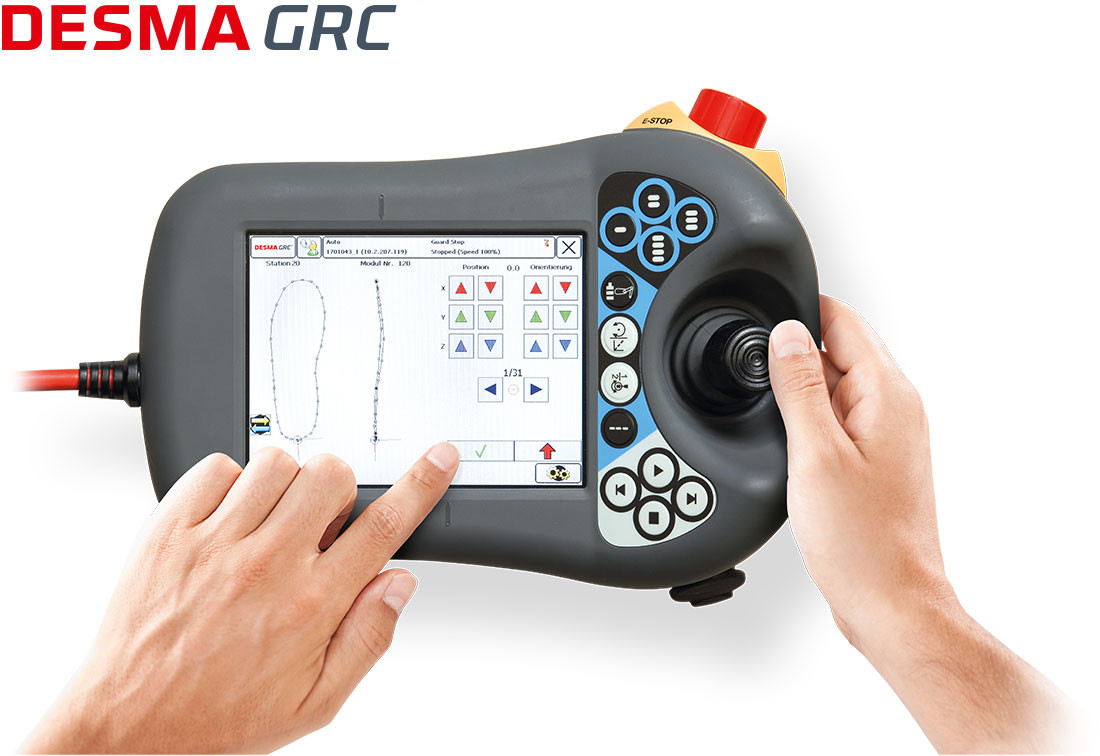
Graphical Robot Control (GRC): Hightech with straightforward operator guidance
Graphical Robot Control (GRC) has been developed by DESMA especially for the needs of the shoe industry. Combining highest user friendliness with most modern control technology it requires lowest programming efforts without any interruptions of production.
Simple operation is ensured by a graphical touch screen, logical icons and intuitive program sequencing, without requiring too much programming knowledge from the operator. Operating the system can be achieved after an extremely short training time – anywhere in the world: the system offers a broad variety of languages. Only those production parameters are visualized which are necessary for shoe production.
DESMAGRC communicates directly with DEScom ® the higher level robot program system. Programme figures are very quickly transferred. Offline control and offline programming enable alterations and program changes without any interruption of production. Additionally, the new generation offers higher operating speed and individual axis can be moved faster. Memory is updated automatically and dynamically. Having only the currently needed modules in the robot memory accelerates program execution dramatically. Of course, programs – such as roughing – can be corrected without having to shut down production.
Advantages
- straightforward operator guidance
- graphical icons
- teleservice
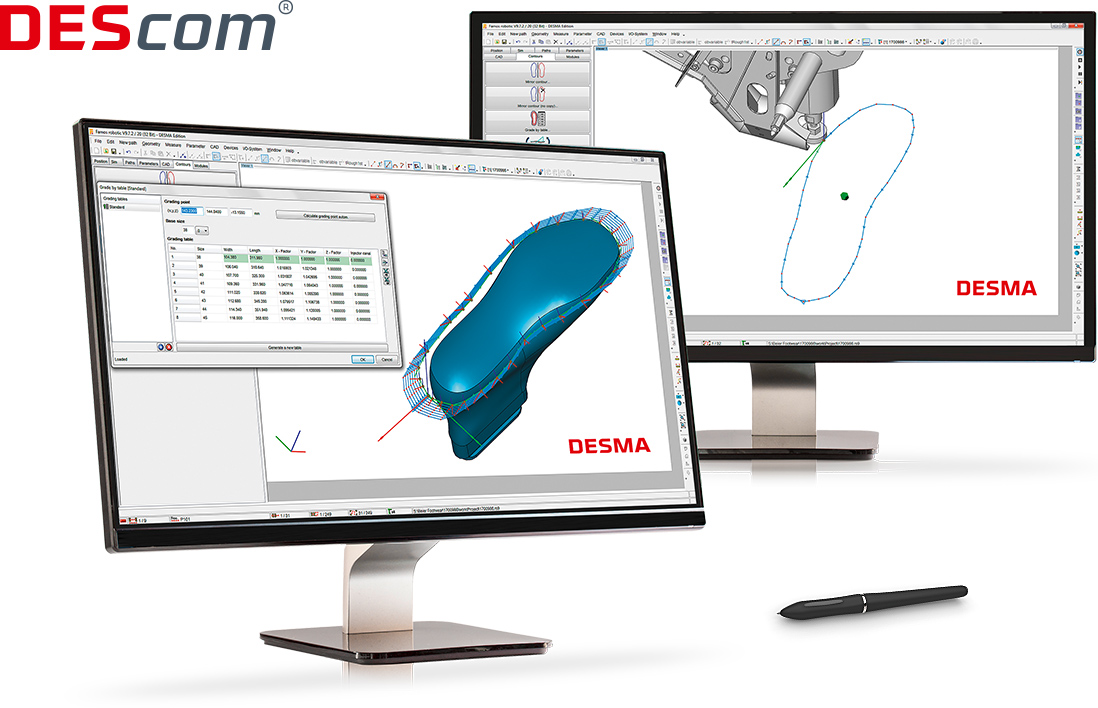
Data administration and robot programming within running production
No company will make profit with production downtime.
So DEScom ® was developed – our special software for programming DESMA robots. Structured as a “kit”, this offline programming system was especially designed to meet the needs of the shoe industry and to improve economic viability. Perfectly matched to one another, DEScom® and GRC® offer a time saving alternative to conventional teach-in systems and thus lower costs. Combining programming and simulation not only saves extensive programming times but also reduces machine downtime to a minimum.
DEScom ® supports the otherwise complicated implementation of new programs or process improvements, such as generating or modifying roughing contours and administrating programs. Data backup, data remote administration and direct migration of CAD data from mould production are further advantages.
And all this works on a standard PC with windows user interface and useful standard modules, such as grading, mirroring and offline functions.
Advantages
- EASY AND QUICK PROGRAM CREATION
- cad-based programming
- safe and central data administration
Easy demoulding and best quality when processing PU
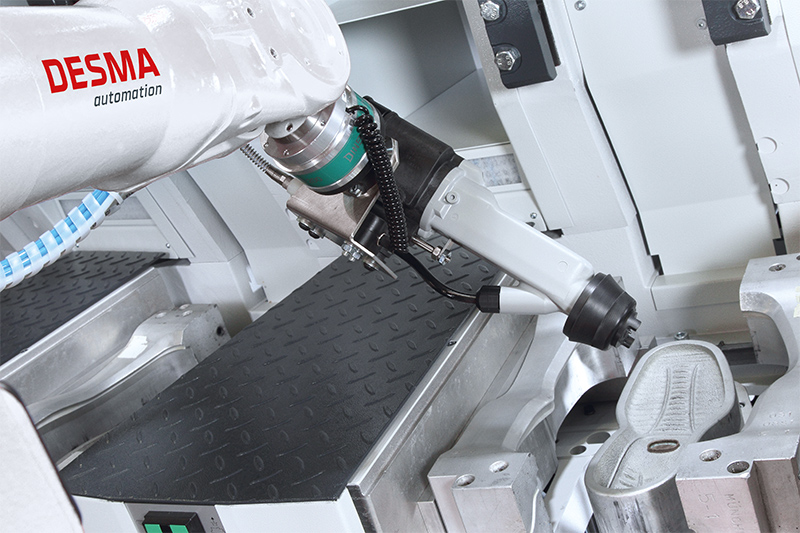
DESMA robots for spraying release agents in Polyurethane (PU) processing employ electrostatic spray technology as well as without electrostatic. The release agent is applied precisely to the area where it is needed. Consumption of the release agent is minimized – no matter if it is based on water or wax, silicone or others. Adhesion of the injected PU to the mould is systematically prevented. Demoulding is eased, damaging of the finished soles avoided. The low consumption of release agent leads to a longer operating life of the moulds. Investment in robots for spraying release agent is recovered soonest by reduced consumption of release agent.
Advantages
- lowest consumption of release agent
- high product quality
- long-operating life of moulds
- 24/7 operation
Automatic roughing for the most varied combinations of uppers and soles
Only roughing enables the glue or the injected sole material to be bonded optimally to the upper, and shoes are nearly as individual as their owners. Every upper material has to be worked with different speed; contact pressure of the tools have to be adjusted individually. The DESMA roughing robot’s force is carefully controlled. Its roughing head with rotating tool is pivoted at the wrist. The contact force is variable within the contour. If you want to roughen narrowly above the sole edge or broadly in the toe cap area the DESMA roughing robot will offer you the best solution no matter if you roughen immediately in front of the clamping unit or offline.
Advantages
- highest flexibility
- optimum bonding of the sole to the upper
- roughing reproducibly and precisely
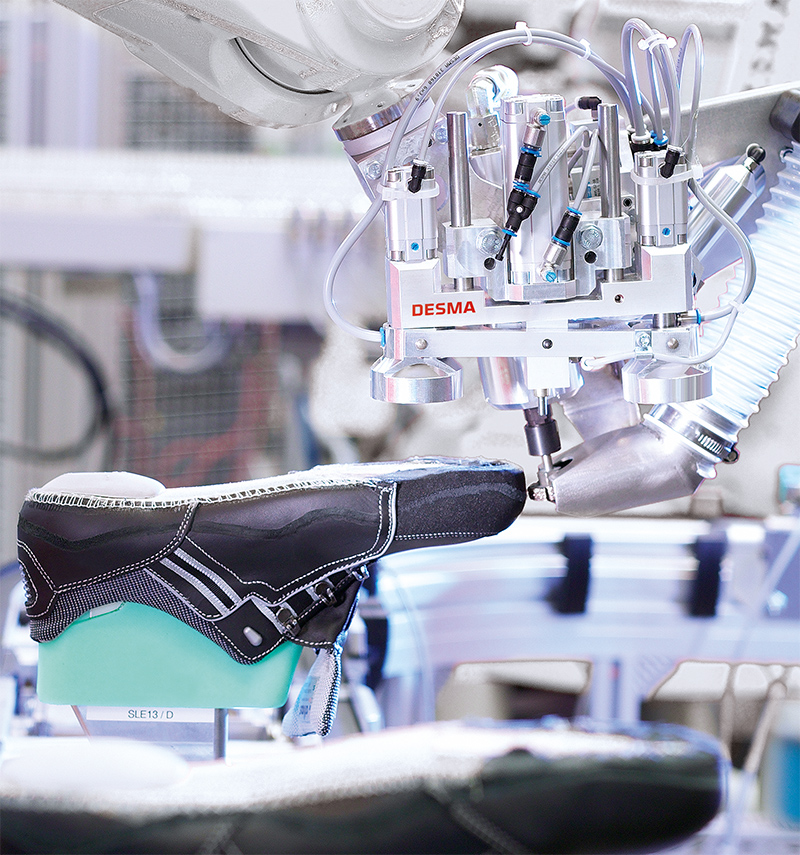
Wide range of applications for automated production
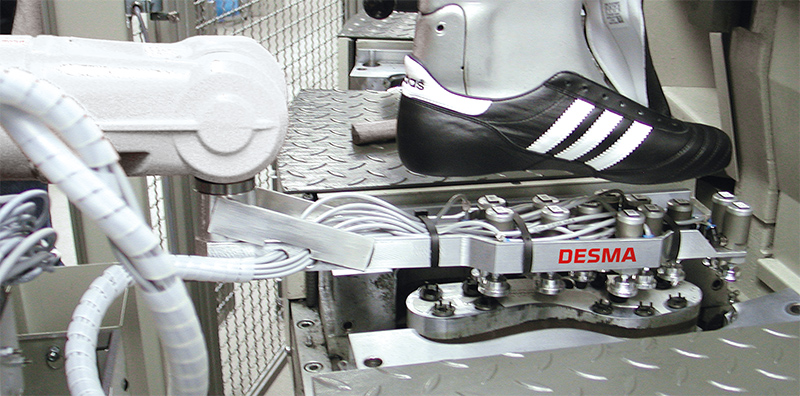
Advantages
- increase in economic viability and quality
- highly automized production
- customer oriented special-purpose solutions
DESMA pick & place robots can be applied in many ways, in many fields of production. They optimize the material flow in production logistics – and above all: they work accurately and thus provide highest economic viability and top quality.
Even special-purpose solutions for your specific production needs can be implemented using them.
Combi Robot
The DESMA multitalent: e.g. roughing and spraying
or roughing and placing of steel soles
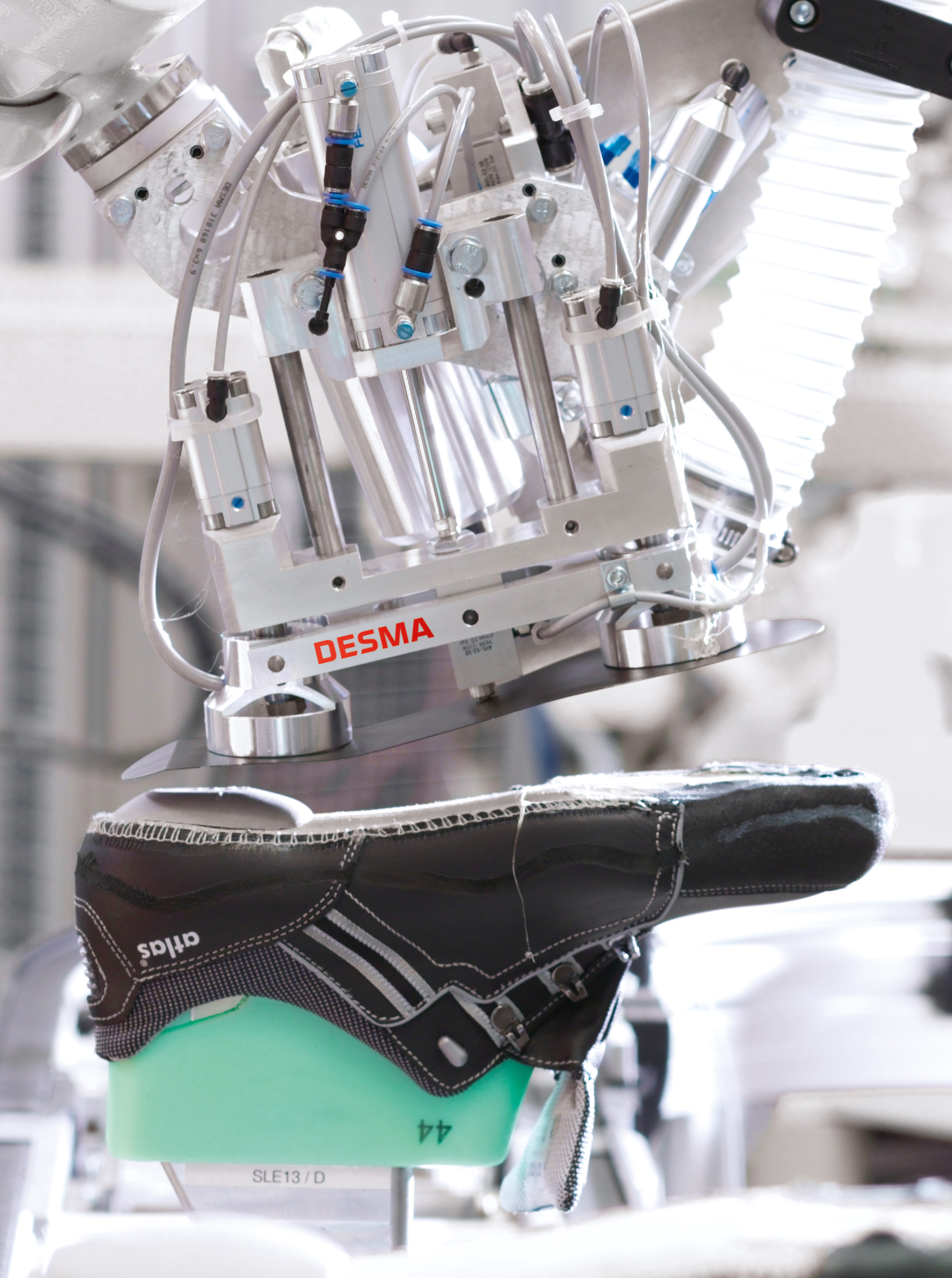
The combi robot is a multifunctional machine. It is always ready for the required process. It masters two production steps, and so combines perfectly economic viability and minimum required space. When there are longer cycle times, e.g. with sole material with longer demoulding time, the use of a combination head for roughing and glue spraying could provide an ideal solution.
You only need to invest in a single robot which first roughs the upper with highest precision and then subsequently, in the second cycle, sprays glue with the same precision.
Advantages
- high economic viability
- flexibility with different processes
- minimum required space
Automation in all relevant areas of production
Imagine this as your start into automation: At one of your cycle tables or in a cell you integrate one or more robots into the production process, thus relieving your workers from stressful or monotonous production steps. Simultaneously you improve economic viability, reproducibility and quality – especially with complicated types of shoes. Secured production units care for the best protection of your workforce and the environment. There are still many operational steps in the shoe industry waiting to be automized and so the list of possibilities for the application of robot cells is long:
- at a indexing table with e.g. 6 stations for roughing uppers & spraying glue
- at an automated conveyor belt with a user-defined number of robots
- in a unique customized solution – completely according to your needs
Advantages
- flexible possibilities of applications
(indexing table, cell, stand alone) - higher efficiency
- better works safety and quality
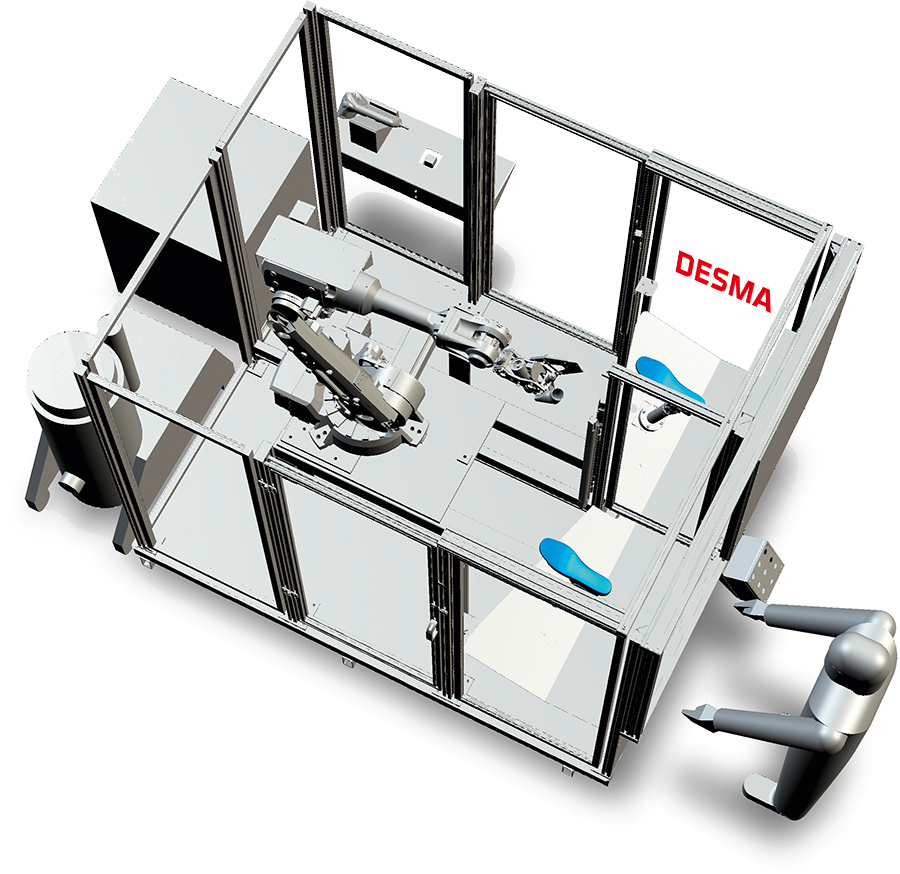
2 STATION ROUGHING CELL
DESMA Laser Technology – Design and Quality

DESMA laser technology for perfect roughing upper offers new design opportunities in the direct soling technology.
The Automatic Laser Processing Cell can be integrated into the present production, also in combination with mechanical roughing and as standalone solution.
Advantages
- one automated process of roughing, marking and Inscribing
- new design opportunities for sole and contour
- quality improvement – no cutting of strobel stitches
- no material weakness specified by material treatment








